Category: genetics – Page 484
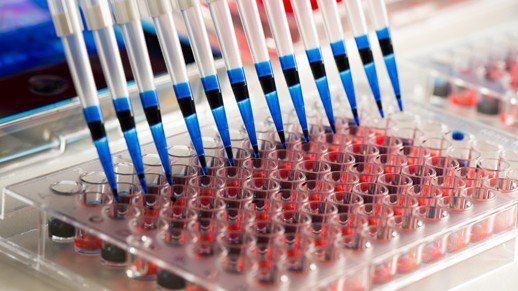
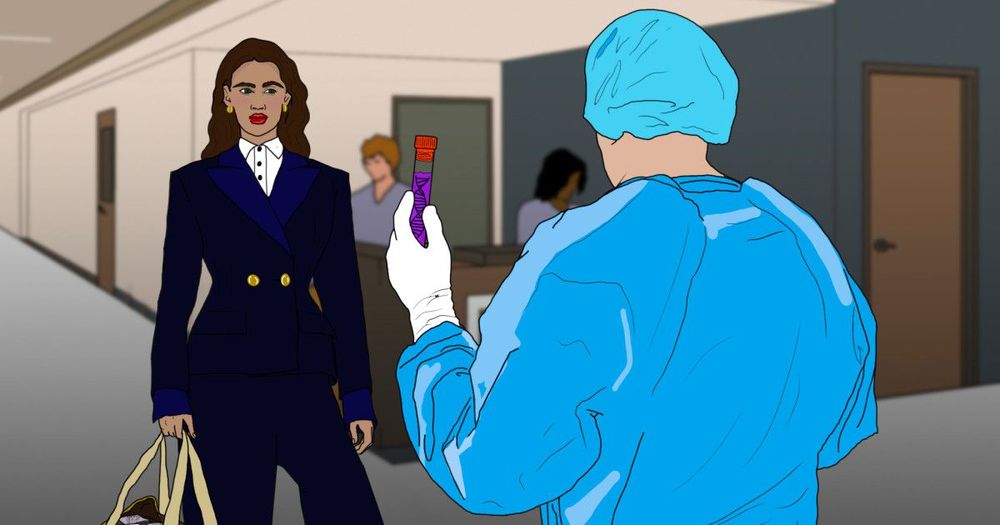
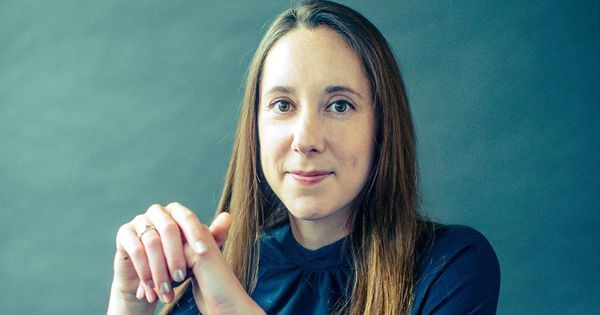


CRISPR might soon create spicy tomatoes
Looking for perfect heat and lots of it? Gene engineers in Brazil think they might be able to create eye-watering tomatoes.
Hot stuff: Even though chili peppers and tomato plants diverged from a common ancestor millions of years ago, tomatoes still possess the genetic pathway needed to make capsaicinoids, the molecules that make chilis hot.
Now, Agustin Zsögön from the Federal University of Viçosa in Brazil writes in the journal Trends in Plant Science that gene-editing tools like CRISPR could turn it back on.

Study uncovers key mechanism that allows some of the world’s deadliest viruses to replicate
Viruses are masterful invaders. They cannibalize host cells by injecting their genetic material, often making thousands of copies of themselves in a single cell to ensure their replication and survival.
Some RNA viruses insert their genetic material as a single piece, while others chop it up into pieces. The latter are aptly named segmented viruses.
Such segmented RNA viruses—including several that cause human diseases like influenza—have been a longstanding enigma to researchers: How do they accomplish the precise copying and insertion of each segment? How do they ensure that individual segments are all copied by the same enzyme while ensuring that each segment can make different amounts of RNA? Such exquisite regulation is critical to make the correct levels of the viral proteins necessary for successful replication.

Genetic adaptations to diving discovered in humans for the first time
Evidence that humans can genetically adapt to diving has been identified for the first time in a new study. The evidence suggests that the Bajau, a people group indigenous to parts of Indonesia, have genetically enlarged spleens which enable them to free dive to depths of up to 70m.
It has previously been hypothesised that the spleen plays an important role in enabling humans to free dive for prolonged periods but the relationship between spleen size and dive capacity has never before been examined in humans at the genetic level.
The findings, which are being published in the research journal Cell, could also have medical implications in relation to the condition known as Acute Hypoxia, which can cause complications in emergency medical care.
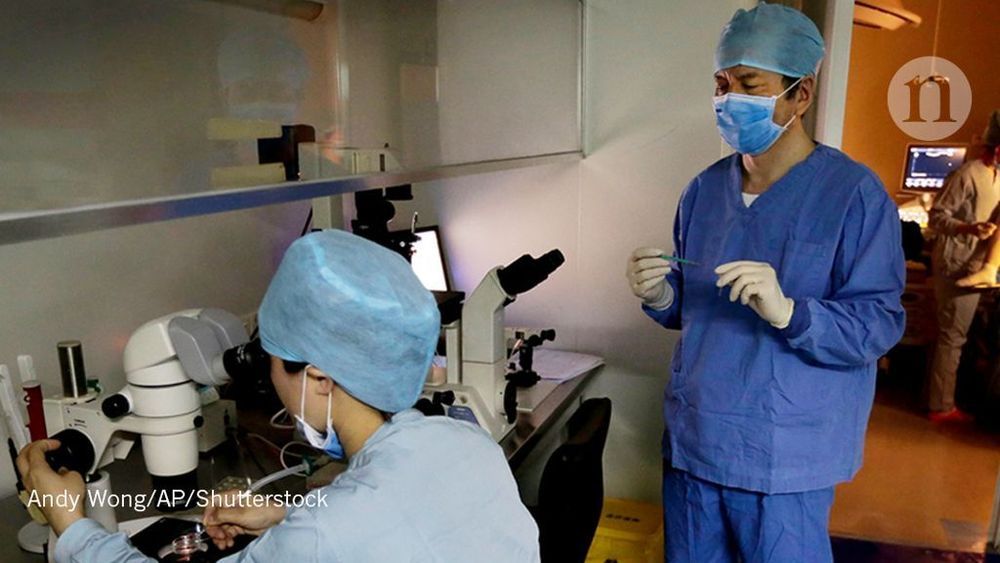
Reboot ethics governance in China
In the months since, China’s scientists and regulators have been going through a period of soul-searching. We, our colleagues and our government agencies, such as the Ministry of Science and Technology and the National Health Commission, have reflected on what the incident says about the culture and regulation of research in China. We’ve also thought about what long-term strategies need to be put in place to strengthen the nation’s governance of science and ethics.
The shocking announcement of genetically modified babies creates an opportunity to overhaul the nation’s science, argue Ruipeng Lei and colleagues.
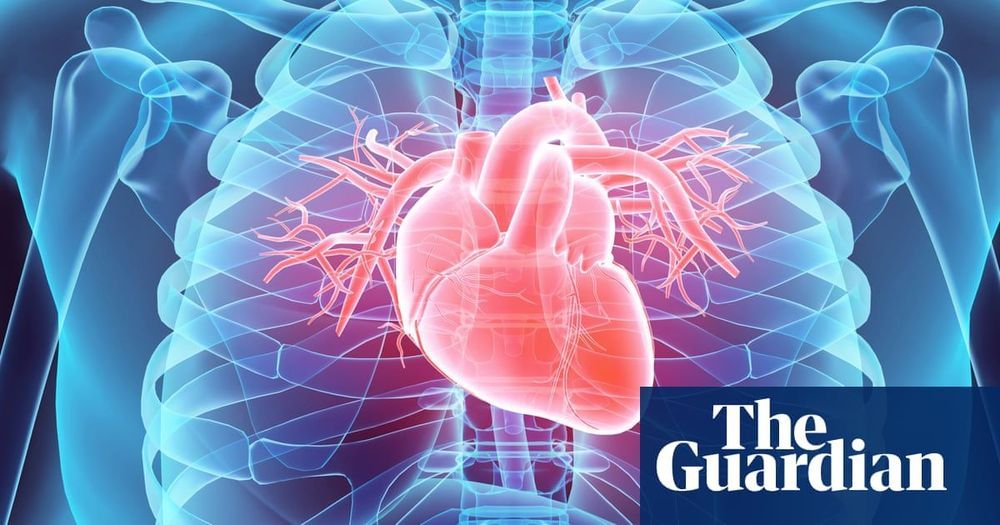
One-off injection may drastically reduce heart attack risk
Doctors in the US have announced plans for a radical gene therapy that aims to drastically reduce the risk of heart attack, the world’s leading cause of death, with a one-off injection.
The researchers hope to trial the therapy within the next three years in people with a rare genetic disorder that makes them prone to heart attacks in their 30s and 40s. If the treatment proves safe and effective in the patients, doctors will seek approval to offer the jab to a wider population.
“The therapy will be relevant, we think, to any adult at risk of a heart attack,” said Sekar Kathiresan, a cardiologist and geneticist at Harvard Medical School who will lead the effort. “We want this not only for people who have heart attacks at a young age because of a genetic disorder, but for garden variety heart attacks as well.”